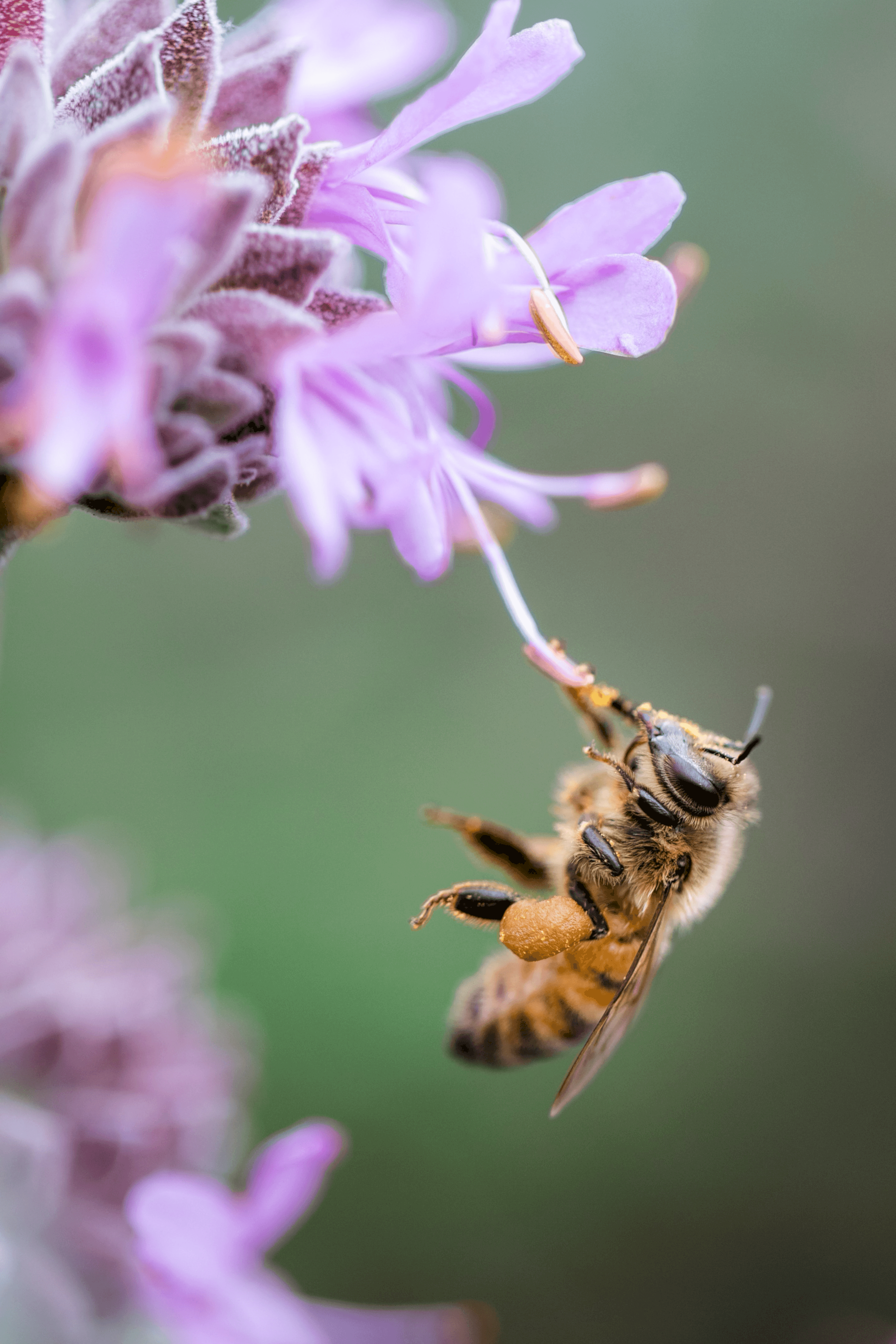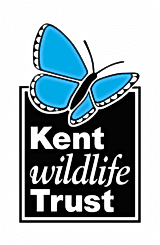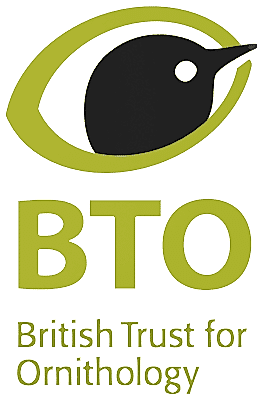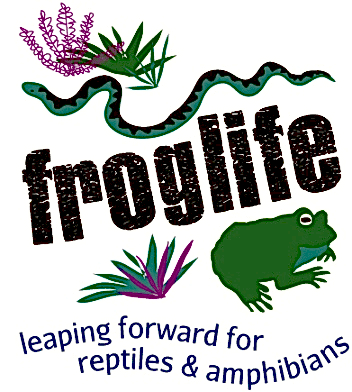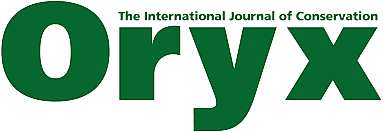Long-term responses of ecosystem components to stand thinning in young lodgepole pine forest. I. Population dynamics of northern flying squirrels and red squirrels
Published source details Ransome D.B., Lindgren P.M.F., Sullivan D.S. & Sullivan T.P. (2004) Long-term responses of ecosystem components to stand thinning in young lodgepole pine forest. I. Population dynamics of northern flying squirrels and red squirrels. Forest Ecology and Management, 202, 355-367.
Actions
This study is summarised as evidence for the following.
| Action | Category | |
|---|---|---|
Thin trees within forest Action Link |
Thin trees within forest
A replicated, controlled study in 2000–2002 of three coniferous forest sites in British Columbia, Canada (Ransome et al. 2004) found thinning of lodgepole pine Pinus contorta stands resulted in higher numbers of northern flying squirrels Glaucomys sabrinus when resultant tree density was high, whilst thinning did not affect abundances of red squirrels Tamiasciurus hudsonicus. Average northern flying squirrel abundance was highest in thinned stands where remaining trees were at high density (4.6 squirrels/stand), intermediate in medium density stands (3.3/stand) and lowest in low density (1.3/stand) and unthinned (1.8/stand) stands. Red squirrel abundance did not differ between treatments (high density: 10.8/stand; medium density: 9.7/stand; low density: 13.5/stand; unthinned: 11.3/stand). In each of three sites, four forest stands, regenerating following felling and/or wildfire in 1960–1972, were studied. In 1988–1989, one stand each in each site was thinned to approximately 500 (low), 1,000 (medium), and 2,000 (high) stems/ha and one was unthinned (with 4,700–6,000 stems/ha in 1988). Squirrels were surveyed using Tomahawk live traps, at 4-week intervals, from May–October 2000 and 2001 and at 8-week intervals in 2002. One trapping grid (9 ha, 50 traps) was located in each stand.
(Summarised by: Nick Littlewood)


